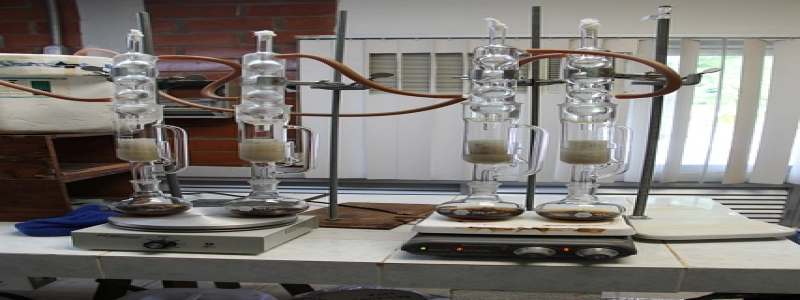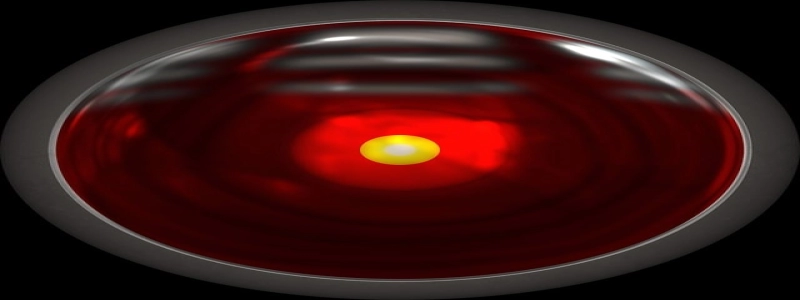Broglie’s Wavelength Formula
Introduction:
In the realm of quantum mechanics, Louis de Broglie made a groundbreaking discovery that revolutionized our understanding of the nature of wave-particle duality. His eponymous wavelength formula, also known as de Broglie’s hypothesis, laid the foundation for the development of quantum physics.
I. The Wave-Particle Duality:
To fully comprehend de Broglie’s wavelength formula, it is important to first understand the concept of wave-particle duality. In the early 20th century, scientists were perplexed by the behavior of particles at the atomic and subatomic levels. While particles were thought to exhibit the properties of matter, such as mass and charge, they also displayed wave-like characteristics, such as interference and diffraction. This duality challenged the traditional notion of particles as strictly localized entities.
II. De Broglie’s Proposal:
In 1924, Louis de Broglie put forth a remarkable hypothesis that addressed the wave-particle duality. He proposed that particles, such as electrons, possess both particle-like and wave-like properties. Moreover, he suggested that the wavelength associated with a particle was inversely proportional to its momentum. This revolutionary idea established a fundamental link between the wave and particle natures of matter.
III. The Wavelength Formula:
De Broglie’s wavelength formula provides a mathematical expression for the wavelength of a particle. It is defined as:
λ = h / p,
where λ represents the wavelength, h is the Planck constant (approximately 6.626 x 10^-34 Joule-seconds), and p denotes the momentum of the particle.
IV. Implications and Applications:
De Broglie’s wavelength formula has far-reaching implications in various fields of science. Firstly, it helped explain the phenomenon of electron diffraction, where electrons passing through a diffraction grating produce an interference pattern like waves. This was a landmark experiment that confirmed the wave-like nature of particles.
Furthermore, the formula provided a theoretical basis for the development of electron microscopy. By utilizing the wave-like properties of electrons, scientists were able to overcome the resolution limit of traditional light microscopes and visualize structures at the atomic level.
Additionally, the wavelength formula has been fundamental in the field of particle accelerators. By manipulating the momentum of particles, scientists can control their wavelengths and subsequently study their behavior in different experimental setups.
Conclusion:
Louis de Broglie’s wavelength formula represents a revolutionary breakthrough in understanding the wave-particle duality of matter. By proposing a mathematical relationship between the wavelength and momentum of particles, de Broglie paved the way for advancements in quantum physics, electron microscopy, and particle accelerators. This formula serves as a cornerstone in our comprehension of the fundamental nature of matter on both macroscopic and microscopic scales.







